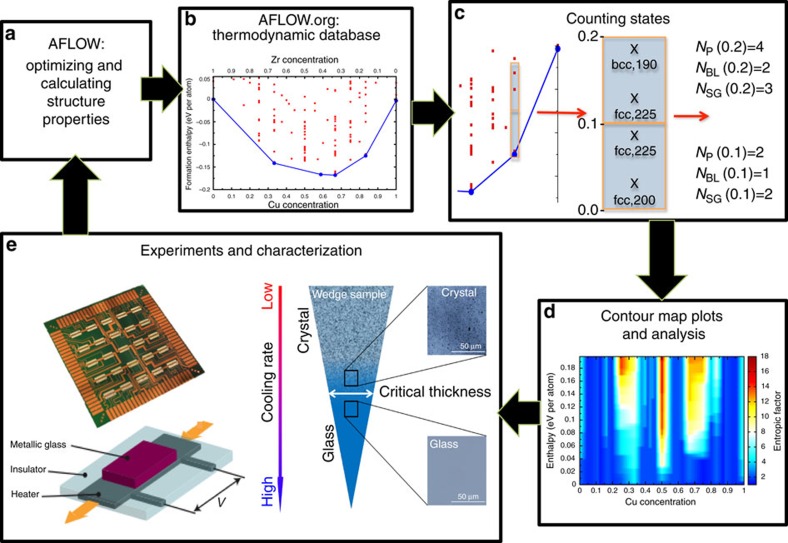Figure 2. Integration of experimental and computational approaches.
(a) Multiple different structures for a given stoichiometry are built using the AFLOW prototype libraries30, which are then optimized via VASP calculations under the AFLOW standard settings53. (b) The resulting data are added to the open thermodynamic database AFLOW48,49. (c) These data are accessed and used to obtain statistics on the cumulative distribution of entries (NP), Bravais lattices types (NBL) and space groups (NSG) within a given formation enthalpy range (starting at zero). (d) Contour map plots are created from these distributions, allowing the identification of the best glass-forming alloys. (e) Finally, experimental synthesis and characterization are used to verify the computational results.

